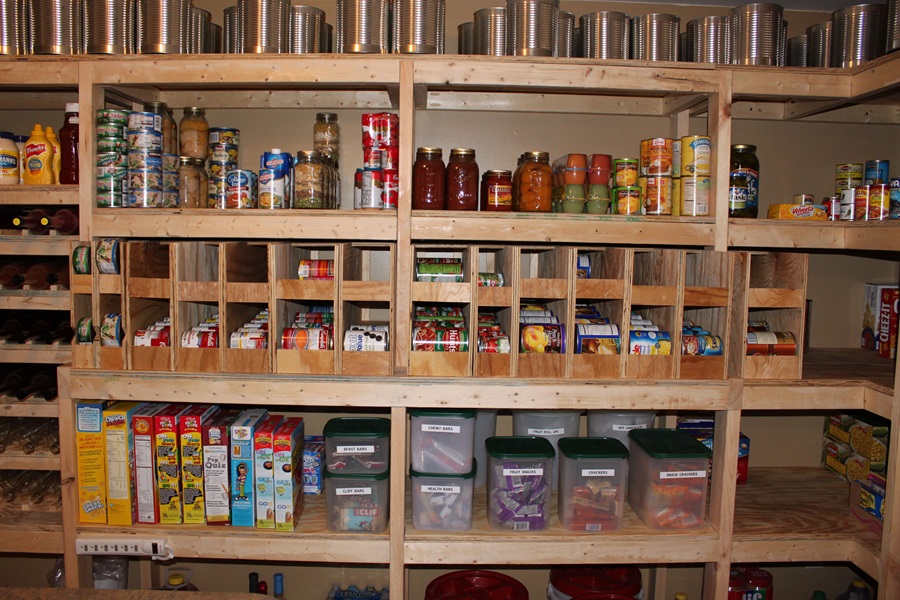In today’s economic climate, where the cost of living is steadily rising, managing household expenses has become increasingly crucial. Among these, the grocery bill, specifically the cost of fresh produce, often takes a significant chunk of the budget. Understanding how to save money on produce is not just about spending less; it’s about shopping smarter and making informed choices. This article will provide you with practical, actionable tips to help you reduce your spending on fruits and vegetables without compromising on quality and nutrition. Let’s explore how small changes in your buying habits can lead to substantial savings.
Contents
Mastering Seasonal Produce Purchases
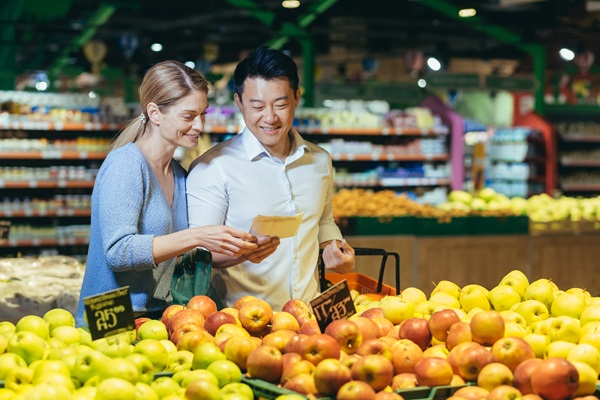
Seasonal produce purchasing is an effective strategy for both saving money and enjoying fresher, tastier fruits and vegetables. When fruits and vegetables are in season, the abundance of the crop typically drives down prices, making these items more affordable. This is not just beneficial for your wallet but also for your health, as seasonal produce is often at its peak in flavor and nutritional value. Furthermore, buying in season supports local farming communities, creating a win-win situation for both consumers and growers.
To make the most of seasonal buying, it’s essential to know what produce is in season at different times of the year. For example, berries and peaches are best in summer, while apples and pumpkins shine in the fall. Winter brings nutrient-rich leafy greens, and spring offers a variety of tender vegetables like asparagus. Adapting your menu to incorporate these seasonal foods diversifies your diet and introduces you to new flavors and recipes, enhancing your culinary experience.
Exploring Local Farmers’ Markets
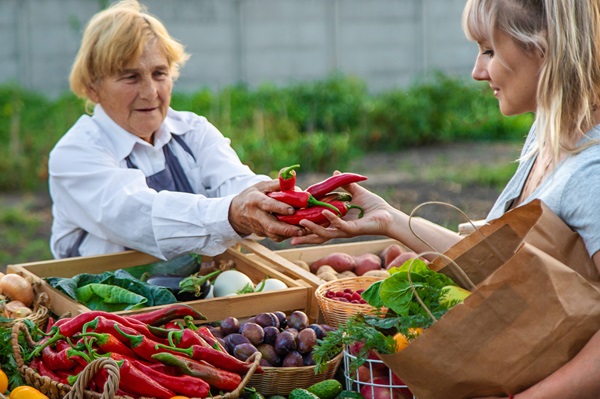
Local farmers’ markets are treasure troves for finding fresh, affordable produce. These markets typically offer lower prices than supermarkets as they involve fewer middlemen, directly connecting farmers with consumers. Shopping at these markets also means you’re getting produce that hasn’t traveled long distances, ensuring freshness and longevity once you bring them home. Additionally, these markets provide a unique opportunity to interact with the growers, offering insights into the best products of the season and tips for preparation and storage.
Beyond the economic benefits, shopping at farmers’ markets contributes to sustainable food systems. It reduces the environmental impact associated with long-distance transportation of produce and often uses less packaging, which is better for the planet. Exploring these markets can become a delightful weekend activity, where you not only get your weekly supply of fruits and veggies but also discover new varieties and artisanal products that are rarely found in regular stores, adding excitement and variety to your meals.
Embracing Imperfect Produce
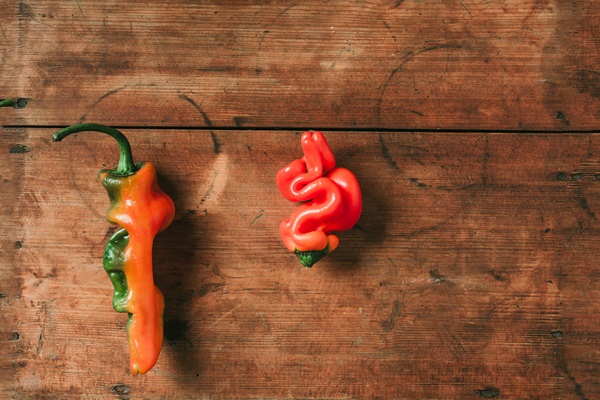
‘Imperfect’ produce, often labeled as ‘ugly’ fruits and vegetables, presents a unique opportunity for savings. These items are typically discounted because they don’t meet the aesthetic standards of regular grocery stores despite being equally nutritious and delicious. By choosing these less-than-perfect items, you can significantly reduce your grocery bill. Embracing these products also plays a crucial role in reducing food waste, a serious issue in the global food supply chain.
Many supermarkets and specialized services now offer sections or boxes of imperfect produce at a lower cost. This initiative benefits consumers looking to save money and ensures that farmers are not left with unsold stock simply because of appearance. Cooking with these items can be an enjoyable challenge, pushing you to be more creative in the kitchen. Whether it’s making a hearty vegetable soup or a refreshing fruit salad, these imperfect items can be turned into delicious, nutritious meals.
Utilizing Coupons and Deals
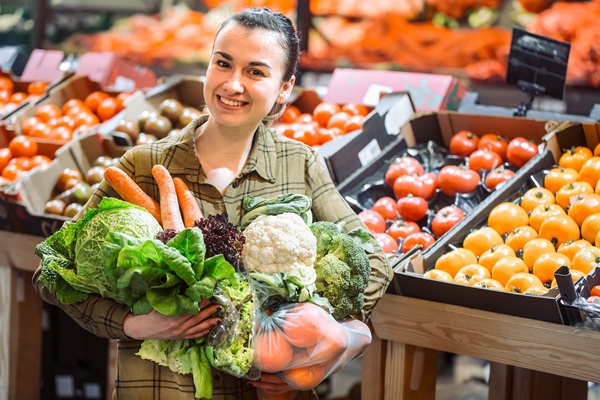
Coupons and promotional deals are traditional yet powerful tools for saving money on produce. Keeping an eye out for coupons in store circulars, newspapers, or online can lead to significant savings. Many grocery stores also offer loyalty programs that provide discounts on produce. The key to effectively using coupons is organization – keeping them sorted by expiration date and product type ensures that you don’t miss out on good deals.
In the digital age, numerous apps and websites are dedicated to finding the best grocery deals, including discounts on fruits and vegetables. These platforms often allow you to compare prices across different stores, ensuring you get the best deal available. Combining coupons with in-store sales can further maximize your savings. However, it’s important to avoid buying something solely because you have a coupon; focus on purchasing items that you need and will use to truly make the most of these discounts.
Proper Storage to Extend Freshness
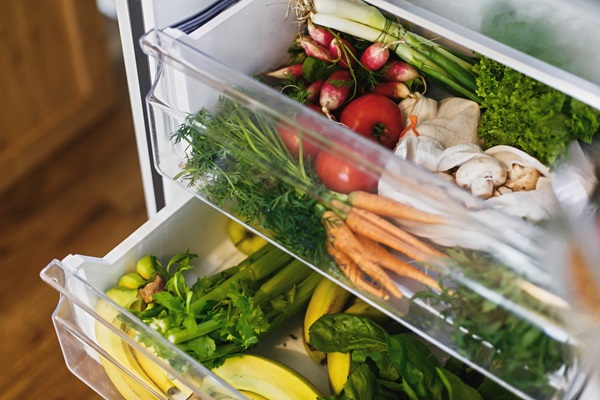
Effective storage of produce is crucial in extending its shelf life and ensuring you get the most out of your grocery budget. Different fruits and vegetables require different storage methods to maintain their freshness and nutritional value. For instance, root vegetables like carrots and potatoes last longer in cool, dark places, while leafy greens should be refrigerated in breathable bags to retain their crispness. Being knowledgeable about these storage techniques can significantly reduce the amount of food that goes to waste in your home.
Some fruits emit natural gases as they ripen, such as apples and bananas, which can prematurely ripen surrounding produce. Storing these separately can prevent this issue. Additionally, investing in good-quality containers can be a game-changer for extending freshness. Freezing is another effective method for preserving produce, especially for fruits and vegetables that are going out of season. This helps save money and ensures you have a supply of your favorite produce year-round.
Growing Your Own Produce
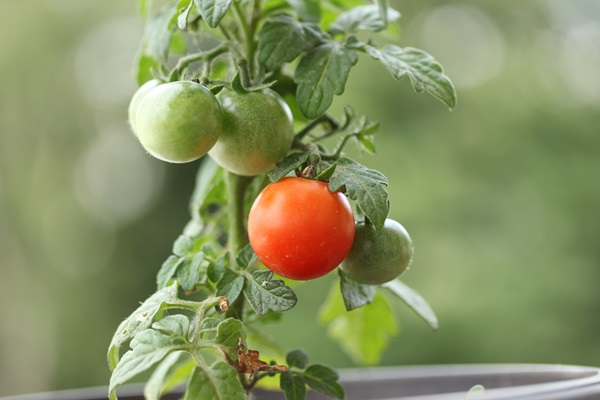
For those with the space and time, growing your own produce is an incredibly rewarding way to save money. Starting a small vegetable garden or even a few containers on a balcony can yield a significant amount of fresh produce. Herbs, tomatoes, and greens are some of the easiest and most cost-effective plants to start with. The initial investment in seeds or young plants, soil, and basic gardening tools can be offset by the savings on grocery bills over time.
In addition to the financial benefits, gardening is a relaxing and fulfilling hobby that provides a sense of accomplishment. There’s a unique satisfaction in eating food you’ve grown yourself. It also ensures that your produce is organic and free from harmful pesticides. Gardening can be a family activity, offering an educational experience for children about where their food comes from. It also promotes a more sustainable lifestyle, reducing your carbon footprint through less reliance on commercially farmed produce.
Smart Shopping Strategies

Smart shopping goes beyond just looking for discounts; it involves strategic planning and informed decision-making. This includes comparing prices and quality at different stores to find the best deals. Many grocery stores have different pricing strategies, so understanding which store offers the best prices for certain items can lead to substantial savings. Additionally, being flexible with your shopping list based on what’s on sale or in season can further reduce costs.
Meal planning is another effective strategy for saving money on produce. By planning meals ahead of time, you can buy exactly what you need, reducing the chances of impulse purchases and food waste. Creating a shopping list and sticking to it prevents buying unnecessary items. Moreover, shopping after a meal can help avoid impulse buys driven by hunger. Utilizing online grocery shopping can also aid in sticking to a budget, as it allows for easier price comparison and avoids the temptations of in-store marketing strategies.
Harvest the Benefits of Smart Produce Choices
The journey to reducing your produce expenses is paved with smart choices, ranging from savvy shopping to adopting sustainable practices. By embracing these strategies, you not only save money but also contribute to a healthier lifestyle and a better environment. Let these tips inspire you to transform your approach to buying fruits and vegetables, turning each grocery trip into an opportunity for savings and discovery. Start today by choosing one or two methods to incorporate into your routine and watch your savings grow along with your culinary adventures.
